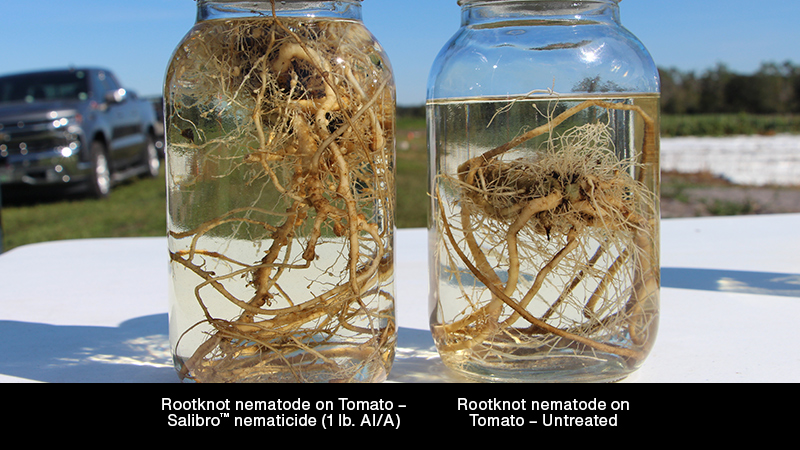Can New Bactericide Delivery Machine Save Florida Citrus?
One of the keys to ensuring the effectiveness of bactericides that now are being applied to citrus is making sure the material gets into the tree to treat citrus greening (also known as HLB). Ozgur Batuman, an Assistant Professor of plant pathology at the UF/IFAS Southwest Florida Research and Education Center, is leading a team of researchers trying to make the automated delivery system a reality to help growers deal with the disease.
“The automated delivery system can be installed on any farm equipment and be operated by anyone who is driving – physically or remotely,” Batuman said in a news release. The person will be trained to use a joystick to control the arm that delivers the chemicals, he explained.
To conduct the research, scientists will use a $3.4 million grant from the National Institute of Food and Agriculture, an arm of the USDA.
The system would extend from a tractor or ATV to grab the tree trunk. Because the grip has many small needles, it can create numerous tiny openings in the tree.
Bactericides can enter the tree through those small openings. These areas on the trunk with openings will be covered with a reservoir, such as a funnel or plastic balloon, that will hold the liquid containing the bactericide, Batuman said. The liquid then slowly enters through the holes of the trunk.
This contrasts with traditional tree trunk injections in which a grower would use large, single-needle syringes to inject liquid materials in one spot.
Most bactericide treatments are not very effective at staving off citrus greening because they were not directly delivered into the citrus vascular system, where greening — and its associated bacterium, Candidatus Liberibacter asiaticus (CLas) lives, he said. The therapeutic chemicals can kill or suppress the growth of CLas and can be used in greening-affected plants, Batuman said. The system also can help newly planted trees fight greening by controlling the Asian citrus psyllid, which can transmit said the disease.
Researchers see the automated delivery system as part of an integrated pest management program to help stem the psyllid.
“We are developing a delivery method that will send chemicals with therapeutic potential into phloem, where bacteria live,” Batuman said.










